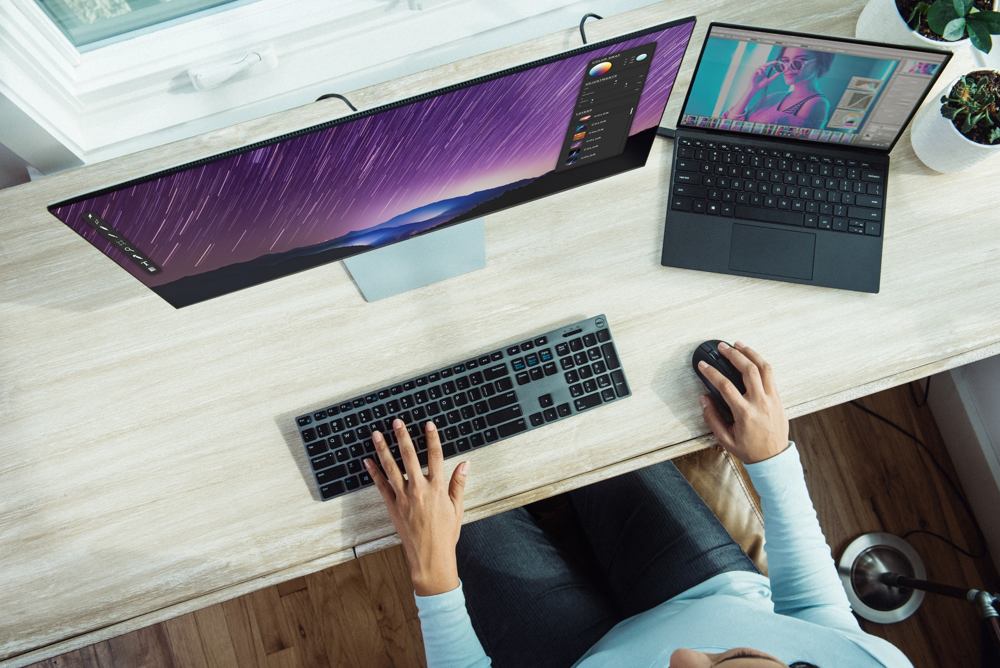8 Ways to Relieve Computer Eye Strain from Too Much Screen Time
Whether for work or study, most of us spend a considerable portion of our day in front of a computer, smartphone, and other digital devices.

Unfortunately, working in front of a computer for long periods can make your eyes weary, dry, and irritated. As a result, you’re probably experiencing a widespread problem called digital or computer eye strain. Other symptoms of digital eye strain are red eyes, headaches, blurred visions, neck and shoulder pain, and eye twitching. It is best to visit a local eye doctor for a check-up when even one of these symptoms lasts for a week because it might be dangerous. Computer eye strain isn’t something you think about very often, but it’s hard to ignore once it starts to bother you. Eye protection from computer screens and smartphones is more important than ever, yet effectively treating the problem necessitates more prevention than treatment. We are unlikely to reduce our usage of cell phones and computers any time soon. So, how can we look after our eyes in this day and age of digital screens? We normally blink 15-20 times each minute. However, researchers discovered that people often blink less than half when using computers and other digital screen devices. This is because the eye’s method of acquiring the moisture it demands on its surface is by blinking. Blinking distributes tears evenly in your eyes, keeping them from drying out and getting irritated. Make an effort to blink as much as possible. Make it a point to do so regularly. You could even post a sticky note to your computer screen to remind yourself to blink frequently. Your eyes are not designed to be fixed on something in front of you all day.
The 20/20/20 rule gives your eyes a much-needed rest after a long day in front of a computer screen. Using the 20/20/20 rule, take frequent 20-minute breaks and then transfer your gaze to an item at least 20 feet away for at least 20 seconds. But, the longer you look away from your screen, the better. Prescription eyewear designed specifically for computer work may aid in your ability to focus on the screen. But, aside from aiding in screen focus, computer glasses also aid in the reduction of glare and computer eye strain. That is why you might consider investing in computer-specific glasses or contact lenses. Artificial tears sold over-the-counter can help prevent and cure dry eyes. Even if your eyes feel OK, use them to keep them lubricated and prevent a repeat of discomfort. Your doctor can advise you on the right eye drops for you. This will help minimize eye strain, fatigue, and protect your eyes against the harmful effects of dust and other irritants, the major culprits of pink eye or an allergy. You can use lubricating drops with no preservatives as often as needed. If the drops contain preservatives, limit their use to four times per day. You should avoid eye drops containing a redness remover since they may aggravate dry eye symptoms. Your eyes will have to strain to focus if your computer is too close to your face. So instead, place your monitor approximately an arm’s length away (about 20 to 28 inches) in front of you so that the top of the screen is at or slightly below eye level. According to researchers, this is the perfect setting. It’s also helpful to have an adjustable chair. Adjusting the monitor’s display settings is critical for reducing eye strain and fatigue. It will aid in the reduction of eye strain and fatigue. For example, change the brightness of your display so that it matches the brightness of the surrounding workplace. Also, when reading long texts on a computer, change the settings so that you have black print on a white background while reading. You can reduce eye strain by using proper lighting. Your eyes will be strained by both too much and too little light. Overly bright outdoor lighting is tricky on the eyes. As a solution, attempt to limit the amount of light coming in from outside while you’re working. Reduce your reliance on overhead lighting. Instead, use floor lights to create indirect lighting. In this manner, watching will be more fun. If you work in low-light conditions, your computer screen may glare into your eyes. It is necessary to have a well-balanced lighting system. Having an annual thorough eye exam is the most critical thing to avoid or repair computer vision problems. Tell your eye doctor how often you use a computer and other digital devices at work and home during your eye exam. It is also better if you measure the distance between your eyes and the screen when you’re at the computer and bring that measurement to your eye exam so your eye doctor can test your eyes at that distance.
The eye is a delicate organ that requires adequate care to maintain good eyesight and avoid eye conditions.
The information supplied here is solely for prevention. However, you should see your local eye doctor for a checkup if you are having acute irritation and computer eye strain symptoms that do not go away.
Read the full article at the original website
References:
- https://www.learning-mind.com/smartphone-addiction/
- https://pubmed.ncbi.nlm.nih.gov/1766652/
- https://www.buzzrx.com/blog/pink-eye-vs-allergies
- https://www.ncbi.nlm.nih.gov/pmc/articles/PMC5049768/
- https://www.learning-mind.com/ebooks-vs-printed-books-brain/
- https://www.learning-mind.com/author/valerie/
- https://www.learning-mind.com/computer-eye-strain-relief/
- https://www.learning-mind.com/entj-personality-type-traits/
- https://www.learning-mind.com/self-assurance/
- https://www.learning-mind.com/contact/
- https://www.amazon.com/dp/B08LTNJVTZ
